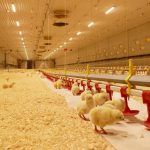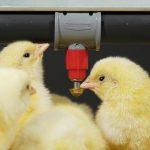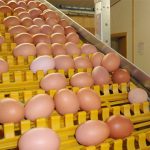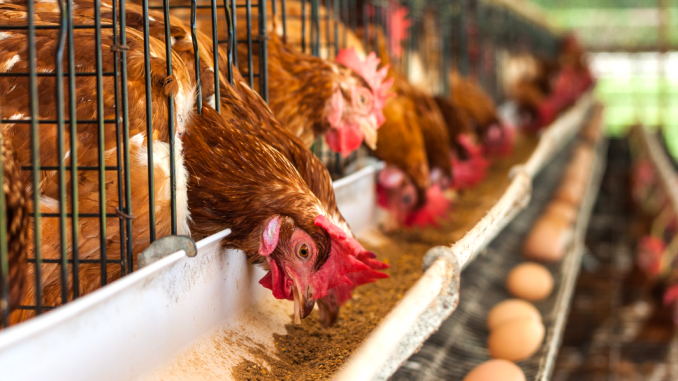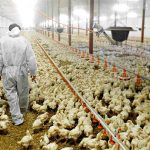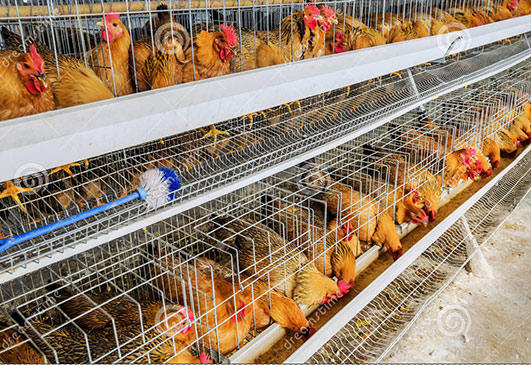Laying hens are hoping that their own laying hens can maintain a high egg production rate and thus achieve higher economic returns. In fact, it is not difficult to improve the laying rate of laying hens. The premise is to raise the laying hens. Let’s take a look at the technical points of laying hens together withpoultry equipment manufacturers.
1. Breeding technology
We can first select the laying hens with higher egg rate for feeding, while ensuring the average weight, shape, bone development, disease-free and harmless among the youth groups. Due to the high summer temperatures and the decreased appetite of the hens, we usually recommend farming in the fall.

2. Breeding environment
Laying hens are very sensitive to light, and the light helps the hens to ovulate, so the chicken farmers need to increase the daily light in a timely manner to increase the egg laying rate. However, this extended time is based on a combination of factors such as their weight and mental condition. Generally, for normal laying hens, it is recommended to increase the illumination by 30min/day. Pay attention not to exceed 120min per day. If the standard is not reached, it can be extended for 15min. It is recommended that the intensity be controlled between 8~10Lux and should not exceed 12Lux. The temperature in the house is regulated to 23.5 to 28 degrees Celsius. In addition, the comfortable temperature and humidity will increase the egg rate. Generally, the temperature is controlled between 23-28 degrees and the humidity is maintained between 60% and 70%. It is appropriate.
3. Feed management
Excessive egg laying can lead to lack of nutrients in the laying hens, and malnutrition can cause them to stop laying eggs, so ensure that multi-dimensional, high-quality, palatable feed is provided during the laying period. Adding calcium, eating less and eating more, and maintaining the orderly supply of clear water is also one of the keys to maintaining egg rate. If the water is more than 1200min, the egg output will be reduced by 28%, and it takes 30 days to recover. If the water is cut for more than 2 days, it will directly cause them to die.


